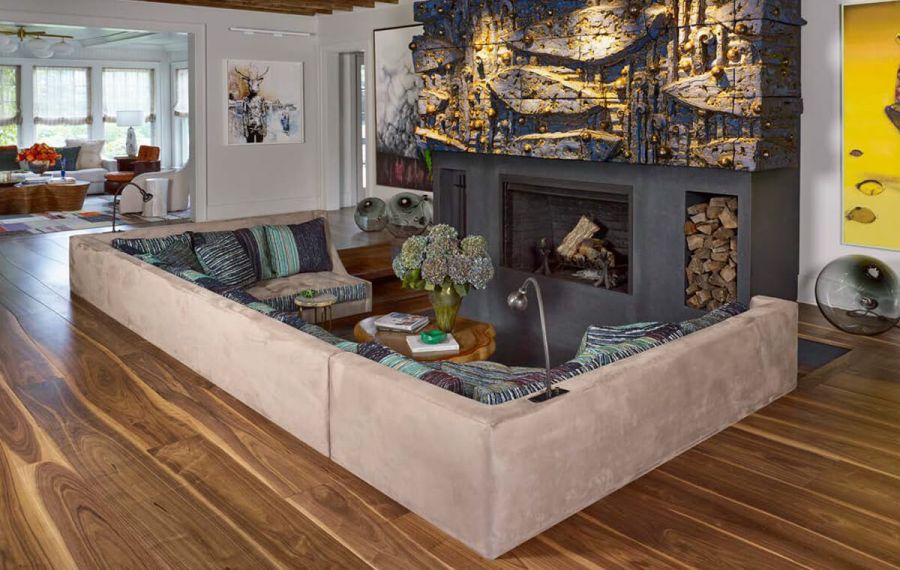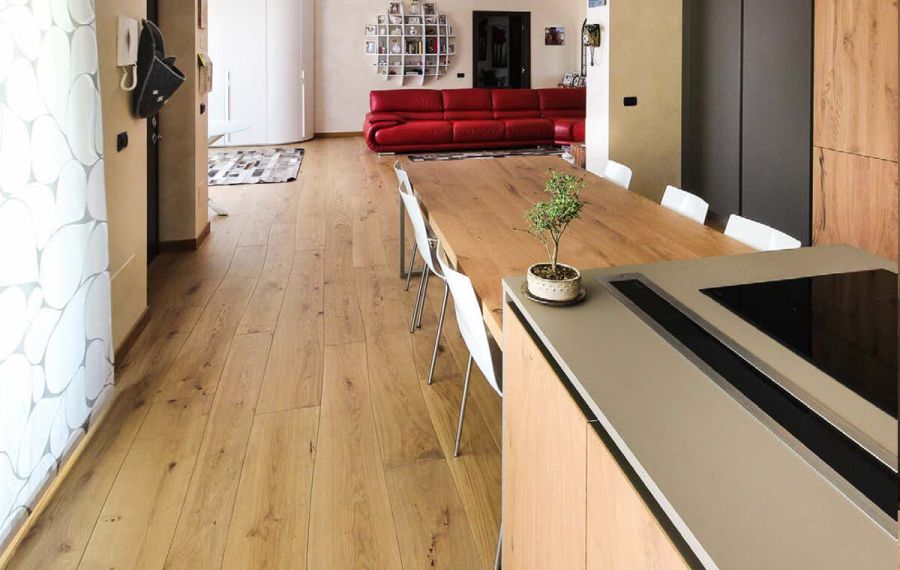HARDWOOD
FAQ's
Common flooring questions? See our FAQs for answers.
Hardwood in Houston, TX.
Find the answers to all your hardwood flooring questions with our comprehensive FAQ section. From selecting the right type of wood and finishes to understanding the installation process, our expert guidance simplifies your decision-making. Trust in our knowledge to address your concerns and provide valuable insights for a successful hardwood flooring experience.
Frequently Asked Questions
Many hardwood floors are installed in homes with pets; however, a pet’s claws may scratch the finish of the wood flooring. Also, pet damage to the flooring is not warranted by the manufacturers in most situations. Keep the pet’s claws trimmed and clean up any messes immediately. It is best not to put the pet’s food or water bowl directly on the wood flooring.
Most hardwood floors are treated with up to 10 coats of an aluminum oxide finish. While this certainly helps the durability of the floor, it is the hardness of the floor that will give the best indication of durability. Refer to the Janka Hardness rating for a true indication of hardness on selected species.
Use caution when installing hardwood flooring in a kitchen. A kitchen is prone to food and liquid spills which can raise the wood’s grain or permanently stain or damage a hardwood floors finish. Be sure to wipe up spills immediately with a dry, clean cloth.
No. The thicker and better-quality engineered woods will last for years and years and can be refinished once or twice. Also, the technology and factory-applied, UV-cured urethane finishes with melamine that are used today by hardwood flooring manufacturers make a tough, durable finish and are available on both engineered and solid wood floors. Engineered wood floors are also much more dimensionally stable than solid hardwood flooring so they can be used in many situations where solid wood is not recommended.
Engineered wood floors can be glued down or floated over a dry, clean, fully-cured concrete slab that is on or below grade. If moisture or humidity is very high at times of the year, perhaps a non-wood flooring option would be a better choice. There are installation methods used by some hardwood installers to install a 3/4 “solid wood floor over a concrete slab, which includes a vapor barrier and building up a wood subfloor on top of the concrete slab. This is not recommended by most hardwood manufacturers –and it also adds considerable cost to the project.Installing an engineered wood floor over a concrete slab would be preferable.
In some situations, an engineered wood floor can be floated (or glued down) over the top of an existing floor. The existing flooring must be fully adhered to the sub-floor and be compressed enough so there is no bounce. For example, it is possible to install over a low-profile commercial type-level loop carpet, or glued-down vinyl flooring or tile. Be sure to read the manufacturer’s warranty to see if installing over an existing floor covering is covered under the warranty. Also, be sure the installer follows the manufacturer’s recommended installation procedures.
Today’s wood floors do not require a paste wax to the finish and paste waxes should not be used. Most hardwood floors today have some type of urethane finish and will cloud up and become sticky if a paste wax is applied to the finish.
Yes, depending on the type of radiant heat used in the home. It is generally recommended installing a “floating” engineered wood floor over the radiant heated sub-floor, but the installation must be done according to the manufacturer’s exact specifications. Also, the surface temperature of the sub-floor must not exceed 85 degrees to avoid drying out or distorting the wood planks. Be sure to check the manufacturer’s written warranty to be sure they will warrant installing their flooring over a radiant heated sub-floor.
Our Hardwood Services
Schedule a free estimate.





